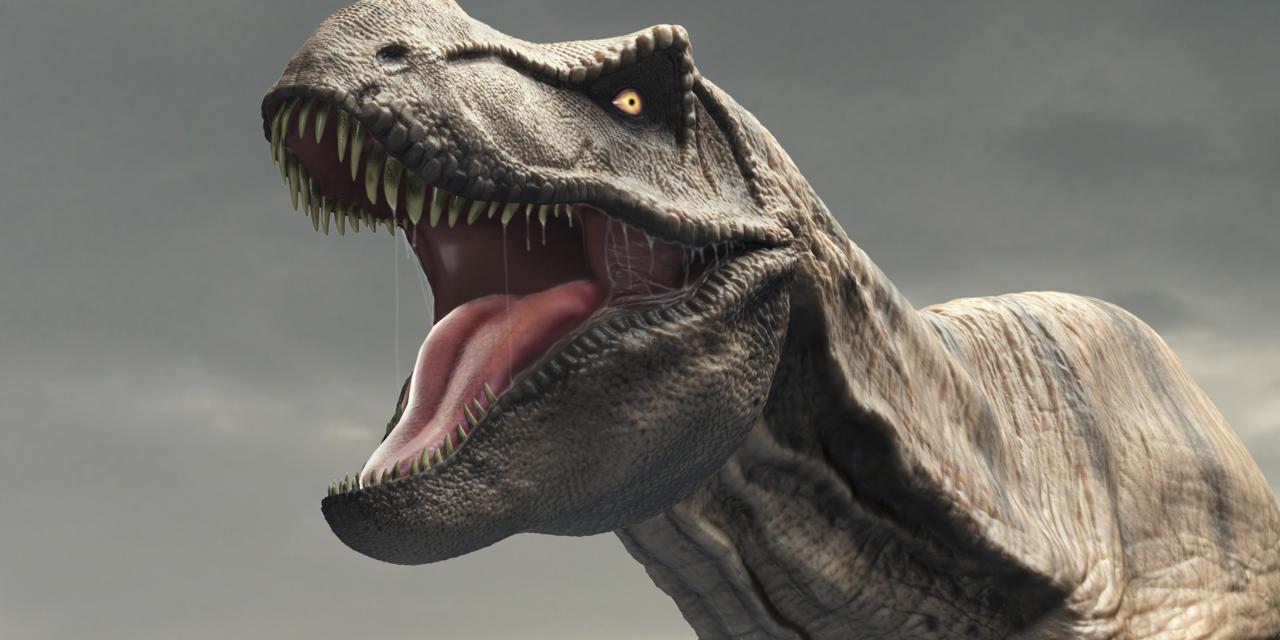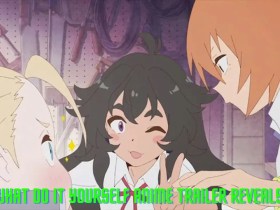Around 70 million years ago or somewhere near that period, the sight of the daunting Tyrannosaurus Rex would have sent shivers down our spine if we had inhabited the Earth back then. Coming face to face with the beast would have meant only a few inches of difference from imminent death. The T. Rex could have killed us in many unimaginable ways albeit without the possibility of sticking out its tongue at its victim while doing so. The findings of a new study have provided some valuable insights into this fact about one of the terrifying predators that once ruled this planet.
The new research paper was published in PLOS One in which the researchers have focused on the working of the tongue of the T. Rex. The investigation implies that the research is actually directed towards identifying the reasons for which the tongue of the predator did not function. The study points out that the tongue of the T. Rex was primarily vestigial in nature and existed only as a fleshy blob in the mouth of the beast with the least bit of freedom for movement. One thing is for sure that these findings disprove one of the cinematic wonders of all time ‘Jurassic Park’ in which the T. Rex is shown to stick out its tongue and moving it at will.
The co-author of the new research paper, Julia Clarke, informed that the structure of the tongue has been reconstructed inappropriately until now. She also stated that in the majority of extinct dinosaurs the tongue bones were extremely short in length. In the case of crocodilians that were characterized by short hyoid bones, the tongue was completely fixed to the floor of the mouth. This finding implies that the T. Rex also had a stationary tongue.
The researchers also reviewed other dinosaurs to find complex structures of tongues especially in certain bird-like dinosaurs which had comparatively mobile tongues. The plausible explanation for this could be presented in the form of the evolutionary need for manipulation of the prey.











Leave a Reply